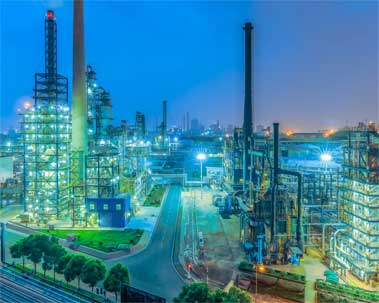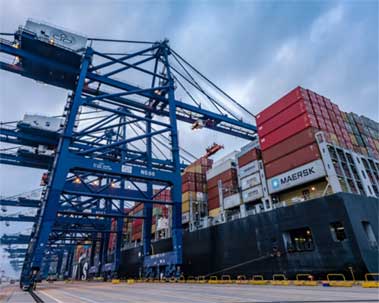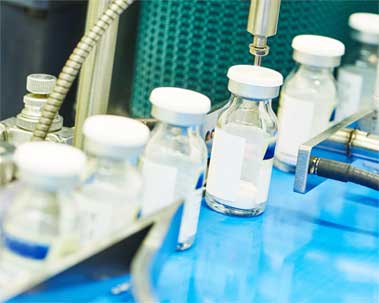Mechanical seal is one of the most effective methods to seal the rotating shaft. It consists of two overlapping surfaces arranged perpendicular to the axis of the rotating shaft. (This produces the alternative names of radial seals, pump seals, or packing.)
One side is fixed on the device shell or container, the other side is fixed on the shaft and rotates with it. The generation and wear of friction heat are controlled by maintaining a lubricating film between the sealing surfaces. Therefore, the mechanical seal is similar to the thrust bearing.
Mechanical seal is a very important product. Each centrifugal pump must hold the rotating shaft while holding the fluid or gas contained in the "wet end" of the pump mechanically. This kind of seal mainly includes a rotating sealing surface with a driving mechanism, which runs in the pump shaft at a constant speed, and a fixed sealing surface. The sealing surface is matched with the rotating shaft and fixed with a gland, in some pump models, a stuffing box cover is integrated, and the rotating surface can be firmly fixed by a tension component (using a spring or a metal bellows), so that when the pump is not working, the pump shaft rotation can prevent and eliminate pollution or leakage. The location of the static seal gasket, O-ring or elastic bellows is critical to complete the seal assembly.
Ceramic mechanical sealing surface
The ceramic mechanical sealing surface has good sealing performance, high temperature resistance, corrosion resistance and wear resistance. It is chemically inert and it can be applied to almost any product. Ceramic sealing ring is the best sealing surface material for high corrosive chemical service.
 English
English français
français Deutsch
Deutsch Español
Español italiano
italiano русский
русский português
português العربية
العربية ไทย
ไทย čeština
čeština Polska
Polska


